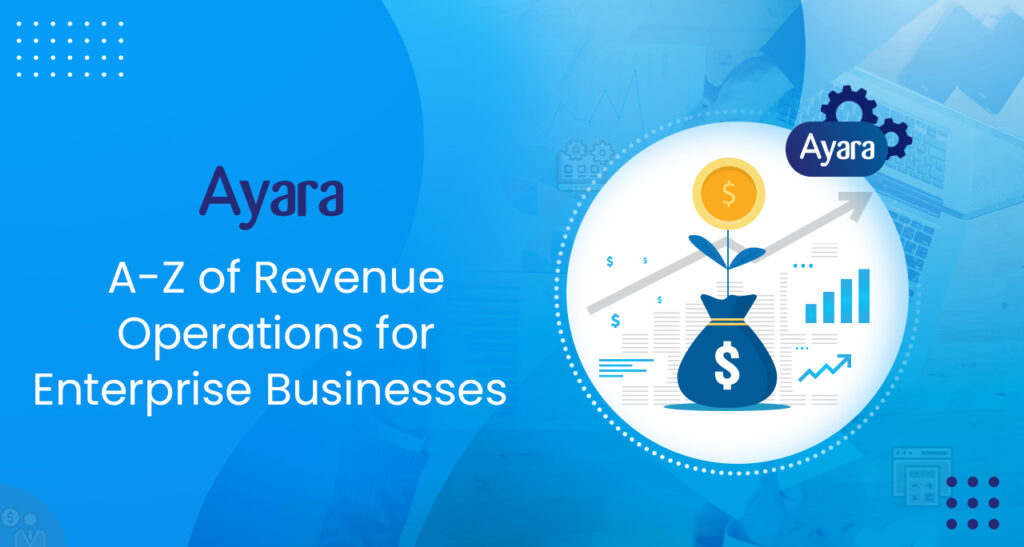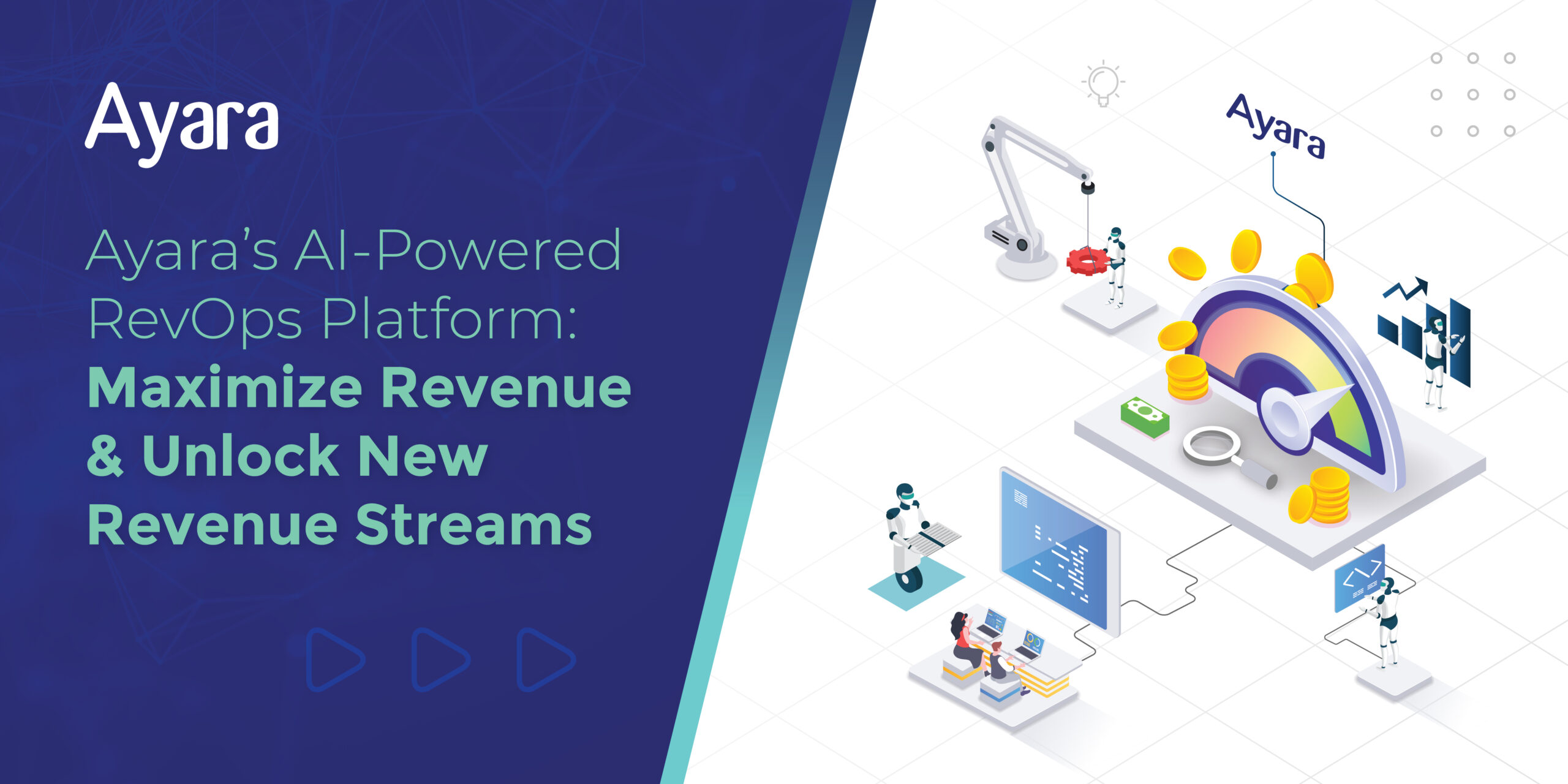New technologies and ever-changing consumer behavior have changed businesses. This gradual shift has compelled them to approach revenue in a new light & move their focus from sales enablement to revenue operations (RevOps).
Read this blog to understand what RevOps is, what advantages it brings to the table, and how businesses can unify it E2E.

Definition of RevOps
It is a business model that drives revenue by better aligning the different teams and processes across an organization.
For a while, the concept of multiple teams – marketing, sales, business development, SDRs, BDRs, customer success – in a company working in varied silos, having their team and reporting, produced results and ensured smooth operations. However, when it comes to customer experience and internal communication, these silos create disjointed experiences and gaps. And, at that very point, RevOps stepped in.
The Rise of RevOps
The phenomenal growth of RevOps is driven by its ability to integrate the marketing, sales, and customer success operations across the entire customer lifecycle while ensuring operational efficiency and making the teams accountable for revenue. The very core of RevOps has been designed to remove these internal barriers and create a unified customer experience.
The Future is Unified RevOps
According to Forrester Research, B2B organizations that embrace aligned revenue operations are better positioned to thrive in the next 3-5 years.
The Boston Consulting Group report states that the B2B technology enterprises that adopted the RevOps strategy witnessed:
- 10-20% rise in sales productivity
- 15-20% jump in internal customer satisfaction
- 30% decline in GTM expenses
- 10% increase in lead acceptance
- 100-200% increase in digital marketing ROI
RevOps Adoption is Critical
- It helps to align multiple teams – sales, marketing, product management, and finance – with different goals & activities. For all these teams to be effective, they need access to real-time shared data to remove bottlenecks that can cost the company leads and revenue loss.
- It drives personalization at large, enabling the creation of individual customer experiences across the entire organization based on the undertaken journey. A research conducted by Adobe found that personalization at scale empowers organizations to achieve:
- 1.8x year-over-year rise in department satisfaction
- 1.7x year-over-year growth in revenue
- 2.3x year-over-year increase in customer lifetime value
- It successfully removes bad data, which reduces the time required to create data-backed insights. With unified RevOps, creating a single entity to oversee the data and tools used to track the flow of revenue is easier than ever, resulting in no room left for error and miscommunication. It ensures better adaptability to market changes by maintaining a seamless internal communication medium across teams.
- It leads to better adaptability to market changes by maintaining a seamless internal communication channel across teams.
Gartner predicts that by 2025, 75% of the highest growth companies in the world will deploy a revenue operations (RevOps) model.
Ways to Implement & Adopt the RevOps Approach
- Appoint an Operations Leader who holds the mindset that the key to growth is aligning the core operational functions around the revenue data and is capable of leading the operations team.
- Review the existing processes to identify gaps, overlaps, or misaligned processes between departments and areas where a lack of processes have compelled teams to create their own.
- Use a tool that will aid in the unification of RevOps E2E. Ayara unifies revenue operations – enabling sales, product management, and finance to drive revenue together across all stages of the Lead-to-Cash cycle.
To learn more about how Ayara helps decision-makers unify and make the most of their RevOps, contact us for a demo.






